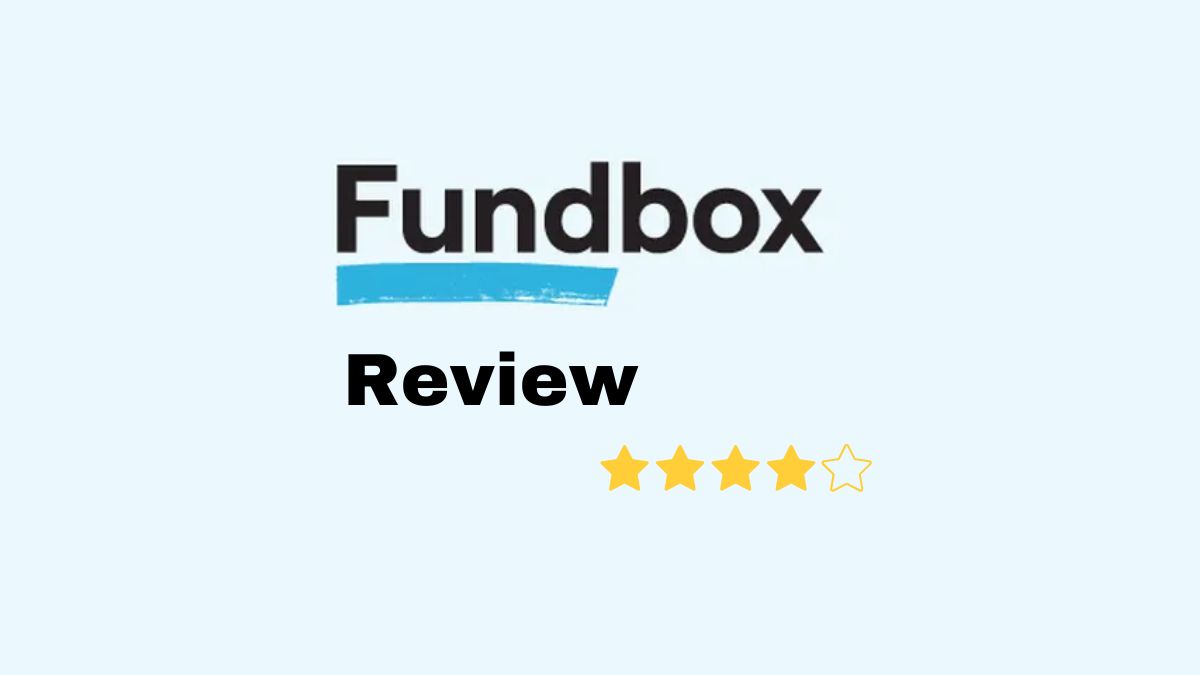Peer-to-peer (P2P) lending has emerged as a revolutionary approach to financing. Unlike traditional bank loans, P2P lending allows individuals and businesses to obtain funding directly from other individuals via online platforms. By bypassing traditional financial institutions, P2P lending offers a streamlined, often more accessible, way for borrowers to secure loans and for investors to earn returns.
In this guide, we’ll delve into the fundamentals of P2P lending, review popular platforms, outline the benefits and risks, and provide tips for navigating this unique lending space.
What is Peer-to-Peer Lending?
Peer-to-peer lending is a type of financing where individuals or businesses borrow funds directly from individual investors through online platforms. These platforms act as intermediaries, matching borrowers seeking funds with investors looking to lend in exchange for interest. P2P lending began as a personal loan option but has expanded to include business loans, real estate, and even student loans.
The basic model of P2P lending involves the following steps:
- Application and Verification: Borrowers apply for loans on a P2P platform, providing details about their creditworthiness, purpose, and repayment ability.
- Investor Pooling: Investors browse loan listings, review borrower information, and choose loans to fund.
- Funding and Disbursement: When enough investors commit to funding a loan, it is disbursed to the borrower.
- Repayment: Borrowers repay the loan in installments, with interest, which the platform distributes to investors.
How to Prepare a Detailed Proposal For Government Grants : A Step-by-Step Guide with Examples
Popular Peer-to-Peer Lending Platforms
Selecting the right P2P platform is essential, as each one differs in terms of loan types, fees, and target borrower profiles. Here’s a closer look at some of the most popular platforms:
| Platform | Loan Type | Borrower Profile | Interest Rates | Key Features |
|---|---|---|---|---|
| LendingClub | Personal, Business | Individuals, small businesses | 6-36% | One of the largest U.S. platforms, focuses on personal loans |
| Prosper | Personal | Individuals | 7.95-35.99% | Credit score-based, flexible terms |
| Funding Circle | Business | Small to medium-sized businesses | 4.99-27.79% | Ideal for small business loans, structured for growth |
| Upstart | Personal, Student | Individuals with limited credit history | 4.6-35.99% | AI-driven underwriting, considers education and job history |
| StreetShares | Business, Veteran-Owned | Veteran-owned businesses | 7-39.99% | Focus on veteran-owned small businesses, community-centric |
Each platform has its own requirements for creditworthiness, funding limits, and fees, so borrowers should review these carefully to select the best fit.
How Peer-to-Peer Lending Works: Step-by-Step Guide
- Platform Selection: Choose a P2P platform that offers the type of loan you need, whether personal, business, or specialized.
- Loan Application: Submit a detailed loan application with information on credit score, income, and loan purpose.
- Risk Assessment and Listing: The platform assesses your application and assigns a risk grade, which helps investors evaluate the potential return and risk.
- Investor Selection: Investors review loan listings, including your risk grade, and decide which loans to fund.
- Loan Funding: Once fully funded, the loan amount is transferred to your account.
- Repayment Schedule: Repay the loan in fixed installments over the agreed term. Timely payments are crucial to maintain your credit standing.
Benefits of Peer-to-Peer Lending for Borrowers
Peer-to-peer lending offers unique advantages, especially for those who may not qualify for traditional loans. Here are some of the main benefits:
- Flexible Requirements: P2P lending often provides opportunities for individuals and small businesses with limited credit history to secure funding.
- Competitive Interest Rates: In many cases, P2P platforms offer interest rates that are lower than those of credit cards and traditional personal loans, depending on the borrower’s credit profile.
- Simplified Application Process: P2P lending platforms typically offer streamlined, user-friendly online applications, which expedite the funding process.
- Access to Funding for Small Businesses: Many P2P platforms cater to small business needs, filling a gap where traditional banks may be reluctant to lend.
- Community Connection: Borrowers connect with individual investors who are often excited to support personal or business projects, creating a sense of shared purpose.
Example: Personal Loan for Credit Building
Imagine a young professional with limited credit history looking to build their credit. By securing a small loan through Upstart, which considers factors beyond credit score, they can establish a repayment history, improve their credit, and gain financial flexibility.
Government Grants for Small Businesses: How to Apply step by step process
Risks and Challenges of Peer-to-Peer Lending
While P2P lending offers flexibility and access, there are also risks to consider:
- Higher Interest Rates for High-Risk Borrowers: Borrowers with lower credit scores may face high-interest rates, similar to subprime loan rates.
- Variable Loan Terms: Each platform has different loan structures and terms, which can lead to inconsistencies in borrowing experiences.
- Credit Impact: Failure to repay a P2P loan can negatively impact credit scores, as most platforms report to credit bureaus.
- Prepayment Penalties: Some platforms impose fees for early repayment, which can limit financial flexibility.
- Risk of Default: For borrowers, there is the risk of over-leveraging. For investors, P2P lending carries the risk of borrowers defaulting, which could result in financial loss.
Peer-to-Peer Lending Tips for Success
Maximize the benefits of P2P lending by following these tips:
Peer-to-Peer Lending Tips for Success For Small Business in 2024-25
- Shop Around for Platforms: Different platforms cater to different borrower profiles. Review each platform’s terms, fees, and interest rates to find the best fit.
- Know Your Credit Profile: Understanding your credit score and financial situation will help you assess potential interest rates and choose suitable loan terms.
- Prepare a Strong Application: A well-prepared application can help attract investor interest. Explain the loan’s purpose clearly and provide any additional supporting information.
- Be Transparent with Investors: Platforms that allow borrower-investor interactions encourage trust-building. Transparency about your intentions and repayment ability can help secure funding.
- Repay Promptly: Timely repayment builds credibility and keeps your credit in good standing, which could help you secure future funding.
Example: Funding a Small Business Expansion
A small retail business owner looking to expand could apply for a loan through Funding Circle. By presenting a solid business plan and showing consistent revenue, they might attract multiple investors. This provides the capital needed for expansion while building investor confidence.
For Investors: Understanding the P2P Lending Landscape
Investing in P2P loans offers potential returns but comes with inherent risks. Here’s a quick guide for investors:
- Evaluate Risk Profiles: Each loan listing provides information on the borrower’s risk grade. Higher risk grades typically offer higher interest rates but carry greater default risks.
- Diversify Your Portfolio: By spreading investments across multiple loans, investors can mitigate the risk associated with any single borrower’s default.
- Review Platform Fees: P2P platforms charge fees that can affect your overall returns. Understand these costs before committing to investments.
Example: Diversifying Investments on LendingClub
An investor with $5,000 to invest could spread this amount across 50 different loans, each with varying risk grades, on LendingClub. By diversifying, they reduce the risk of substantial loss due to one borrower defaulting.
Advantages of Peer-to-Peer Lending for Investors
- Potentially High Returns: Investors may earn higher returns compared to traditional savings accounts and CDs, especially on loans with higher risk grades.
- Portfolio Diversification: P2P lending offers a unique asset class that can add diversity to a traditional investment portfolio.
- Transparency and Control: Investors have control over loan selection, allowing them to review borrower profiles, loan purpose, and credit details.
Conclusion: Is Peer-to-Peer Lending Right for You?
Peer-to-peer lending presents an alternative financing option that can empower borrowers and provide unique investment opportunities. For borrowers, it’s essential to evaluate platforms, understand loan terms, and assess your ability to repay. Investors should carefully consider risk factors, diversify their portfolios, and stay informed about P2P industry trends.
With careful consideration and the right strategy, P2P lending can be a powerful tool to meet both borrowing and investment goals. As the industry grows, it’s likely that new platforms and options will continue to emerge, making P2P lending an increasingly viable option in the finance world.






